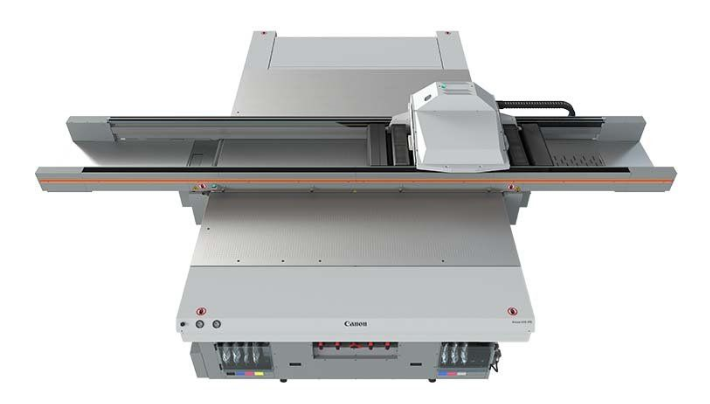The best printers for direct printing on garments, T-shirts, metals, PVC, glass, etc. are flatbed printers and DTG printers, as the name suggests, flatbed printers are printers with a flat surface, or bed, if possible, on which the print media is placed. You can question this by saying that even normal printers have a flat loading tray and so what is a flat printer other than a normal printer?
This printer is actually able to print on a variety of materials instead of a normal printer that can print on a very limited number of materials such as paper, photographic paper, etc. They can print on materials such as film, fabric, plastic, ceramic, leather, wood, glass, acrylic, etc.
How does a flatbed printer work?
These printers work very differently than regular laser or inkjet printers. Where the most common printers these days make use of a mechanism in which a drum and paper are loaded and a laser lights up on the drum in the form of a desired image. The unloaded areas attract the toner that is thrown onto the drum and glued onto the paper to reach the image that has been given to be printed.
Flatbed printers, on the other hand, use UV inks. These inks not only spray on the material because doing so would simply be temporary and the printing would fade in just a couple of days or so. To print on hard or irregular materials such as wood, fabric, glass, etc. flat printers use a mechanism that records, if possible, printing on the material. UV inks made of monomers are exposed to a very strong UV light source that then polymerizes the ink and incorporates the print image into the material.
The print bed is kept adjustable to fit the different thicknesses of different materials. Although we are not entirely sure that the maximum thickness to which flat printers are able to adjust, but that number can reach up to 4-5 inches. However, it may change depending on the type and construction of the printer. The more expensive ones can have a thicker material compatibility and vice versa.
Usage and apps
Having known that flatbed printers are able to print things on unconventional materials; unconventional, in the sense that most people did not know that printing was possible on such materials, it is not far from the understanding that they are distributed mainly for commercial and industrial applications. This is because only one in a thousand people would have a flat printer at home and even fewer people would use it for domestic purposes.
Because of their resolution between 72DPI and 2400DPI, flat printers are primarily used for screen printing. Sometimes they are also used to perform multiple steps to create 3D effects and engraving. Sometimes they can also be used to print on spherical surfaces. However, this is avoided mainly due to poor resolution around the edges for spherical and circular edges do not have enough surface area to work efficiently.Photo:Canon
DTG Printers
DTG printers, on the other hand, can be used to print directly on clothing such as T-shirts and not to use UV rays. They use dry air or heat to dry textile pigmented ink.